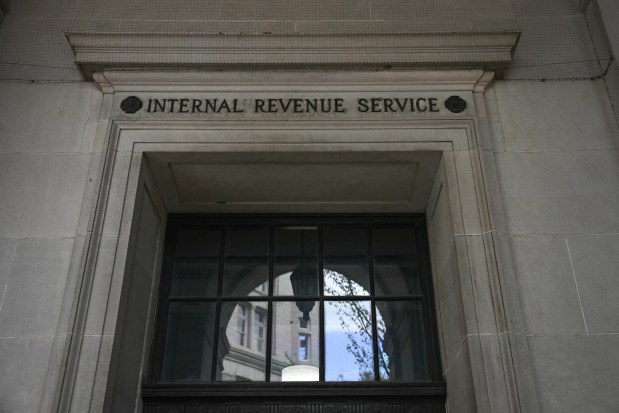President Donald Trump recently signed an executive order aimed at expanding school choice. The order directs federal agencies, including the U.S. Department of Education, to issue guidance on how states can use federal funds to expand “educational choice” initiatives and encourage “education freedom.” This order was signed alongside another to “end radical indoctrination in K-12 schooling,” which seeks to end funding for schools that support and include honest and critical conversations around race, gender and sexuality in their curricula.
Both of these orders are a fear tactic designed to create distrust in our public schools. In reality, expansion of school choice programs deepens inequities and drains resources from public schools, and censoring curricula restricts students’ right to learn.
Additionally, cases such as Oklahoma Statewide Virtual Charter School Board v. Drummond, which will be considered by the U.S. Supreme Court this spring, present existential challenges to secular public education as we currently know it. This matter concerns what could be the country’s first religious charter school, which would not only open opportunities for school choice expansion, but also threaten to erode religious freedom and the line between church and state in our institutions.
The Trump administration will claim that these orders are a win for parent choice. Every parent wants the best education for their child. And every child, no matter where they live, deserves a high-quality education. Parents should be involved in their students’ education, but instead of creating avenues for families to leave public schools, we should focus on bettering our current options.
The solution isn’t to use public tax dollars to fund privatized institutions that serve only the select few. The solution is to fully fund our neighborhood public schools so that all children can benefit. School choice is a distraction. It shifts the focus — and the funds — away from collective responsibility for providing excellent educational opportunities for all toward a competition for individual gain.
Not only does school choice undermine the principle of public education as a public good, but it also increases the divide between students who have access and those who don’t. State funding for education and other critical spending priorities all comes from the same pot — more money for private schools and charters means less for rural and low-income schools. School choice doesn’t create more options if it only does so by divesting from neighborhood public schools. The math doesn’t add up.
Illinois has rejected school choice legislation before — because it doesn’t work. The 2017 Invest in Kids Act, which privately funded scholarships for 15,000 students, ended in 2023. While school choice supporters in Illinois often highlight the loss of scholarships when this bill ended, they fail to mention the 1.85 million students in Illinois public schools who were shortchanged by the legislation. Programs such as Invest in Kids siphon state resources away from neighborhood public schools, forcing those schools to compete for limited resources, leading to larger class sizes, fewer extracurriculars and reduced support services, while private schools benefit. Federal voucher support threatens to incentivize states to adopt similar inequitable funding models that harm public education nationwide.
Instead of creating pathways that lead families to compete for more inequitable schooling options, legislators at the federal and state levels should focus on bettering the schools that students already attend. In Illinois, the evidence-based funding formula (EBF) was created to direct additional resources to the schools and districts that need them most. This formula is currently underfunded by $5 billion. Illinois cannot afford to take any more money away from public schools.
Fully funding EBF will do far more to close the opportunity gap than any tax credit program ever could. Proponents of school choice often claim that school choice programs empower low-income families. Half of current public school students in Illinois are low-income, and 54.7% are students of color. All students in public schools are harmed by underfunding, but marginalized communities will be hurt most by an expansion of school choice.
The ethical and fiscally responsible choice for legislators who want to empower low-income families is to support increased funding for public education.
One thing both sides can agree on is that the current system doesn’t work for everyone, but the solution — especially in this unprecedented time of uncertainty in federal funding sources due to sharply shifting education policy — is not to move toward school choice models or to cut federal funding from public schools for teaching truthful history.
We need to fully fund public schools so every child has access to a high-quality education, no matter their ZIP code. Congress and states should reject this federal legislation and focus on reforms that uplift all communities, especially communities of color that have been historically underserved.
The futures of public education and Illinois’ students depend on it.
Maddy Wheelock, a former public school teacher, is coalition coordinator for the Partnership for Equity and Education Rights Illinois.
Submit a letter, of no more than 400 words, to the editor here or email letters@chicagotribune.com.



